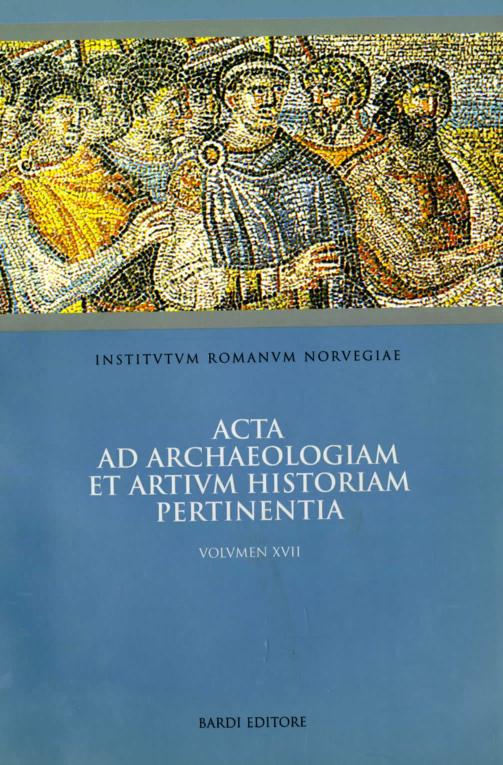Old and New in Old and New Rome
DOI:
https://doi.org/10.5617/acta.5692Abstract
It has often been remarked that the central parts of Rome, notably the Forum Romanum, retain their pagan character long after the Empire has become Christianised. Various explanations have been offered: hostility from a largely pagan Senate, or fear that the pagan buildings might be inhabited by demons. However, the late antique fora built in Constantinople by Christian emperors, show the same pattern. This article suggests that rather than political and religious reasons, traditional Roman conservatism lies behind the reluctance to “Christianise” public squares. This traditionalism is also manifest in the extensive use of spolia in the buildings of the first Christian emperor, Constantine. The spolia are in this article seen as a means to acquire auctoritas by including older elements in a new building. Similar aims, though achieved with different means, can in Roman architecture be traced back at least to the time of Augustus, manifesting a will to recreate a real or imaginary past.
How to Cite
Issue
Section
License

This work is licensed under a Creative Commons Attribution-NonCommercial 4.0 International License.
Authors who publish with this journal agree to the following terms:
- Authors retain copyright and grant the journal right of first publication with the work simultaneously licensed under a Creative Commons Attribution License that allows others to share the work with an acknowledgment of the work's authorship and initial publication in this journal.
- Authors are able to enter into separate, additional contractual arrangements for the non-exclusive distribution of the journal's published version of the work (e.g., post it to an institutional repository or publish it in a book), with an acknowledgement of its initial publication in this journal.
- Authors are permitted and encouraged to post their work online (e.g., in institutional repositories or on their website) prior to and during the submission process, as it can lead to productive exchanges, as well as earlier and greater citation of published work (See The Effect of Open Access).





